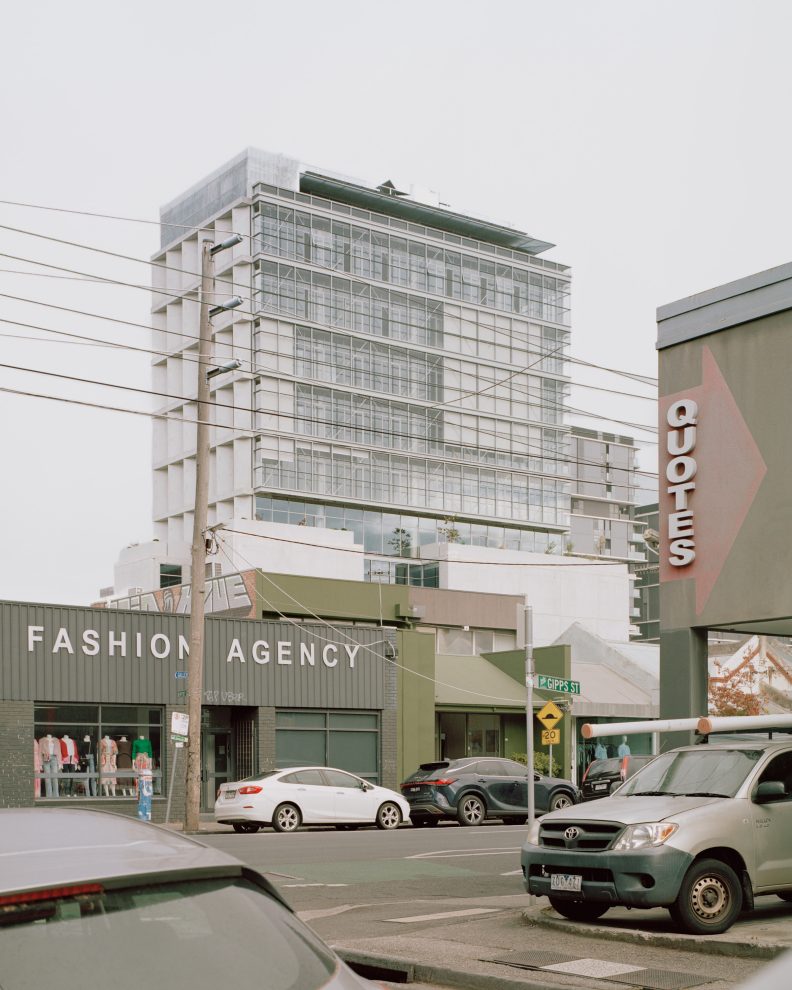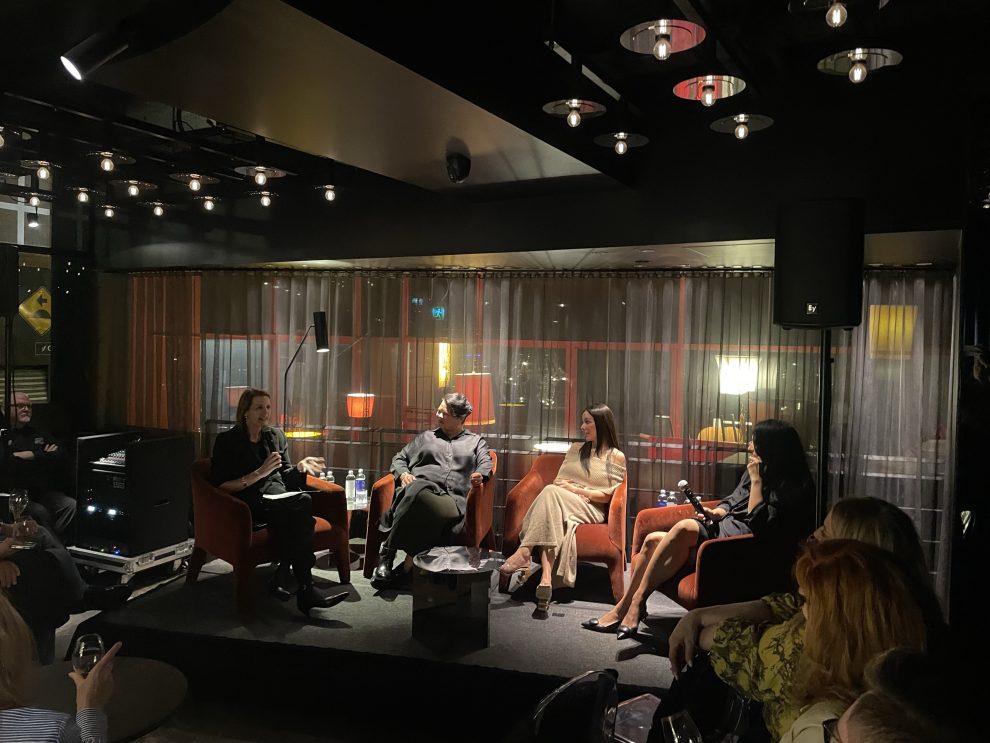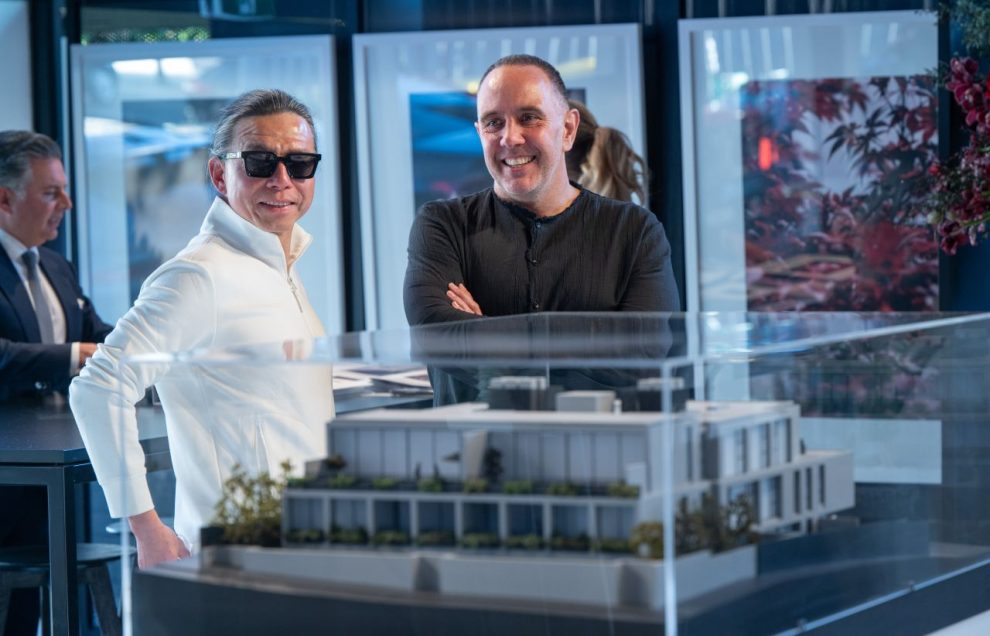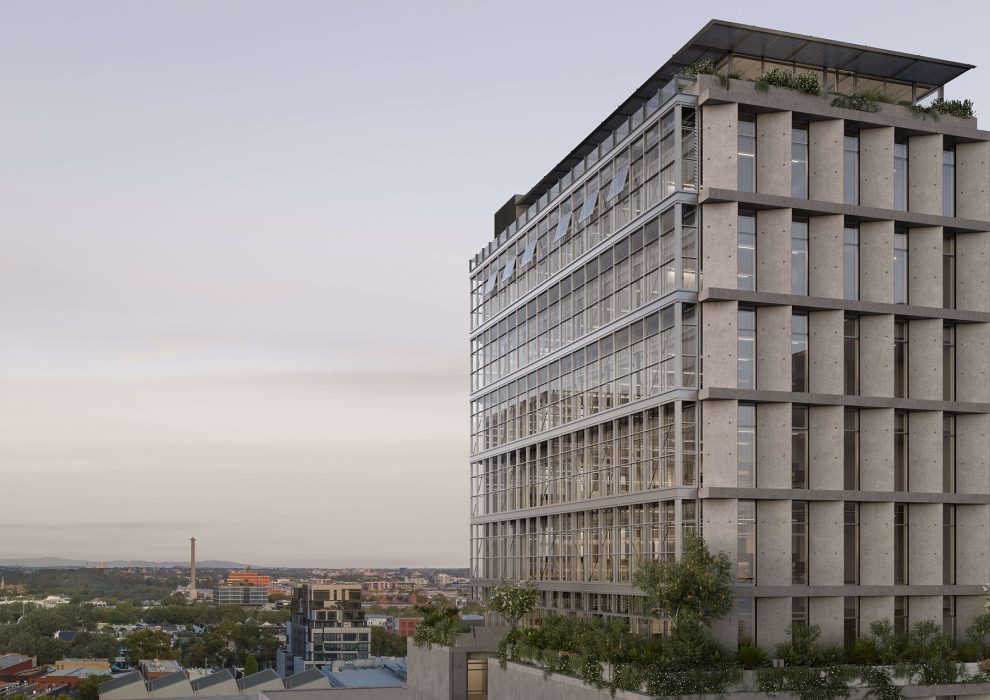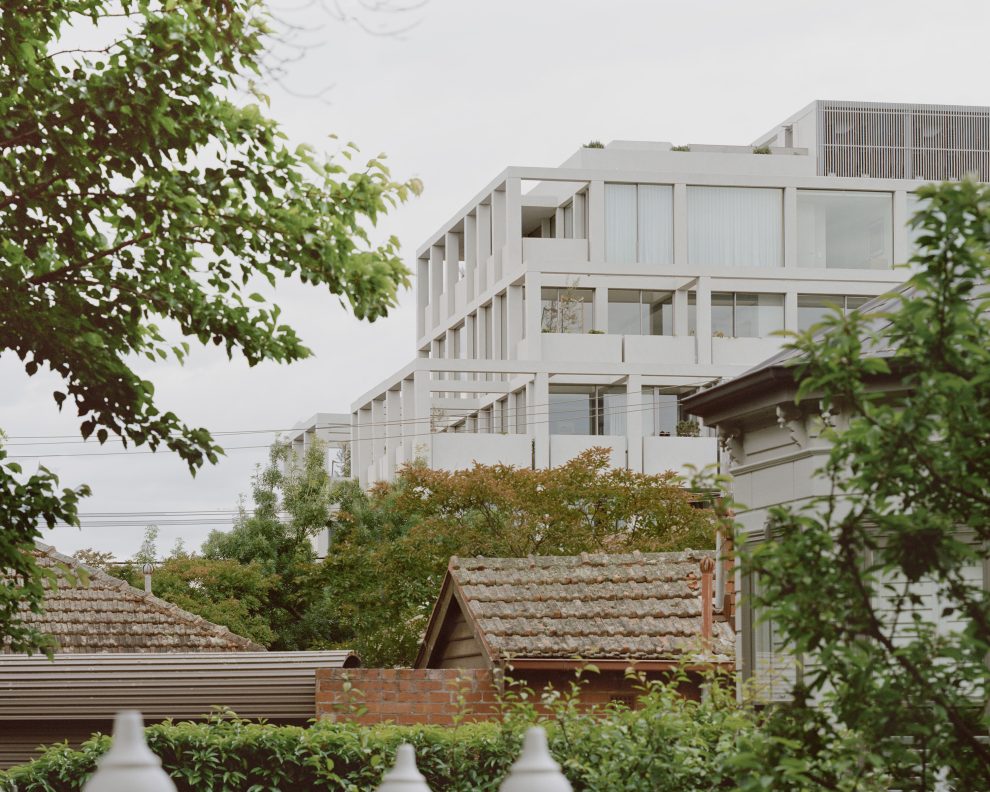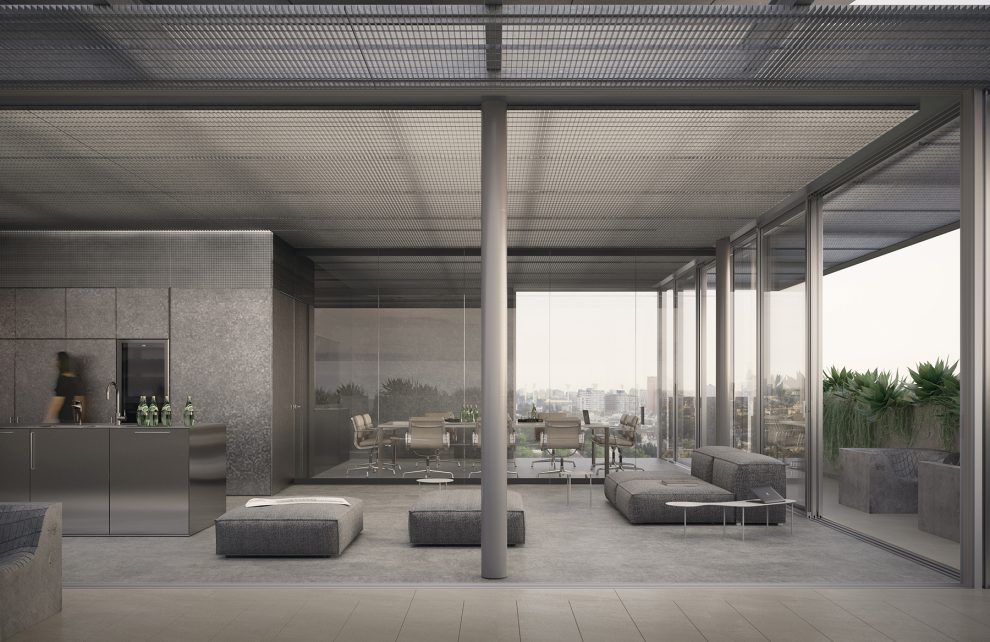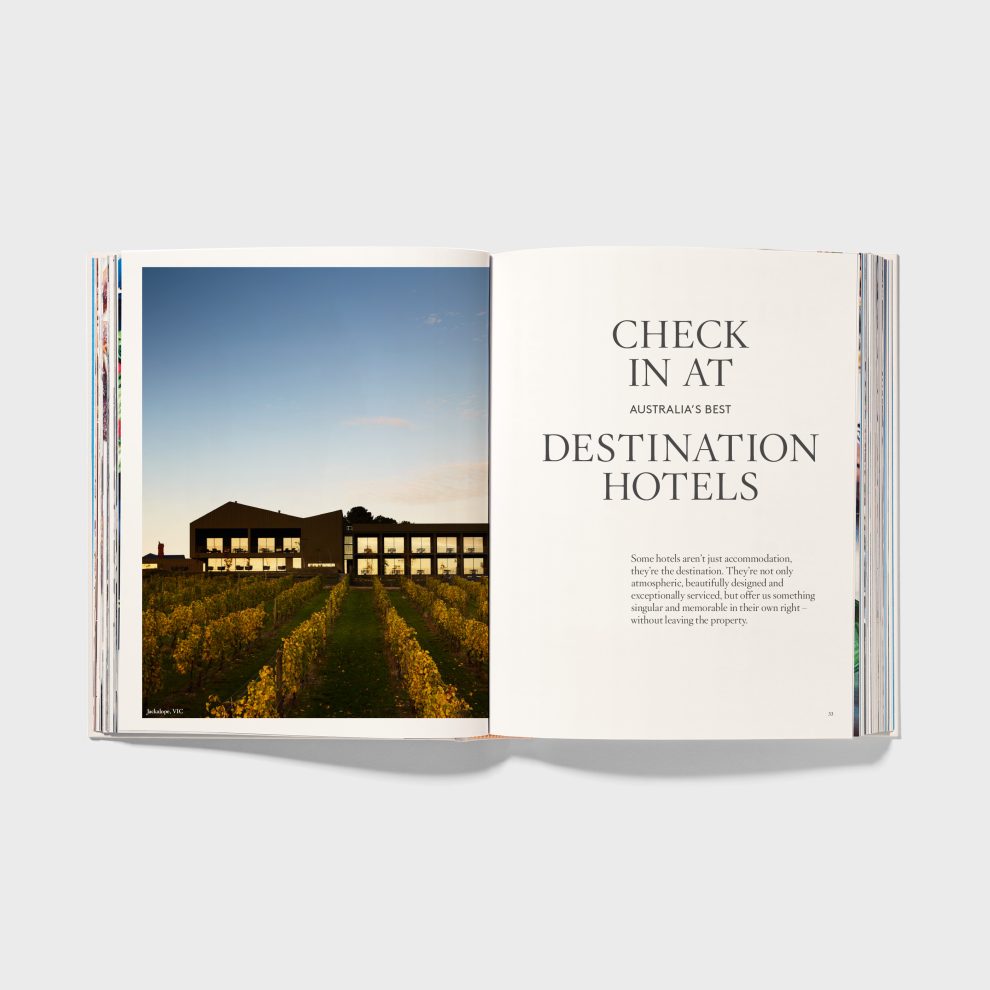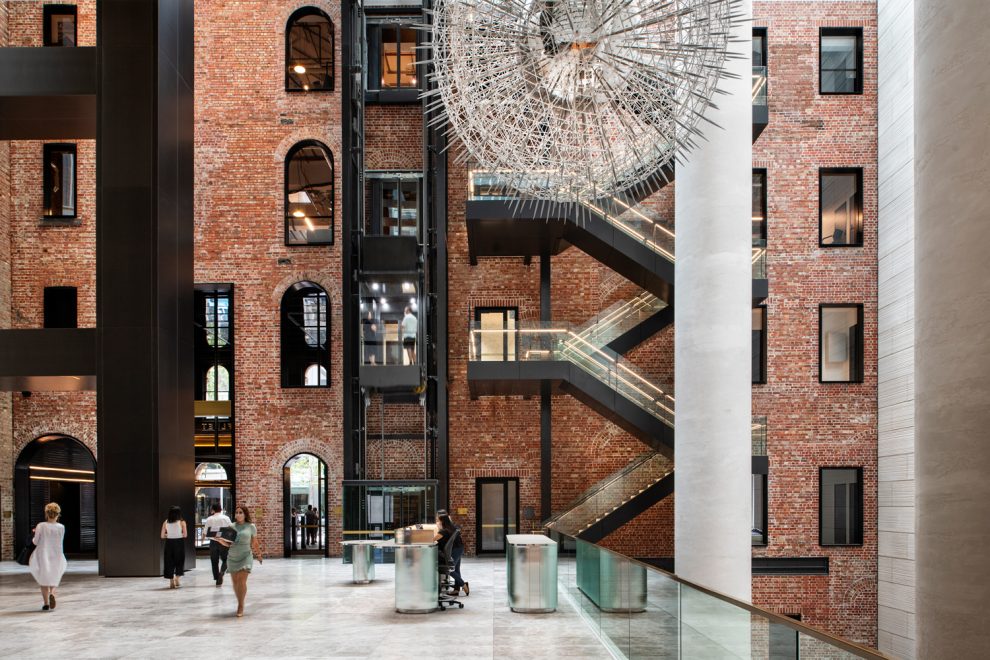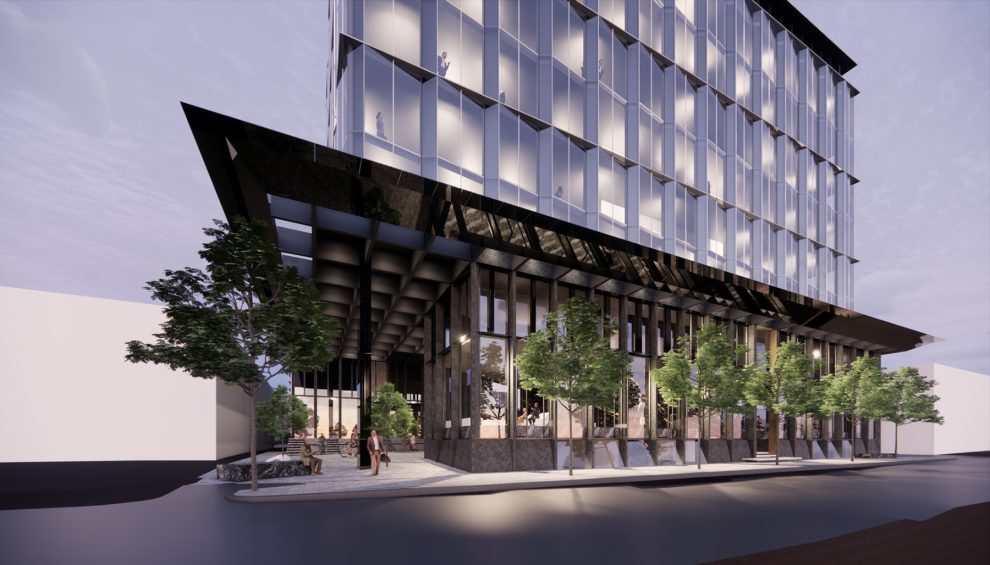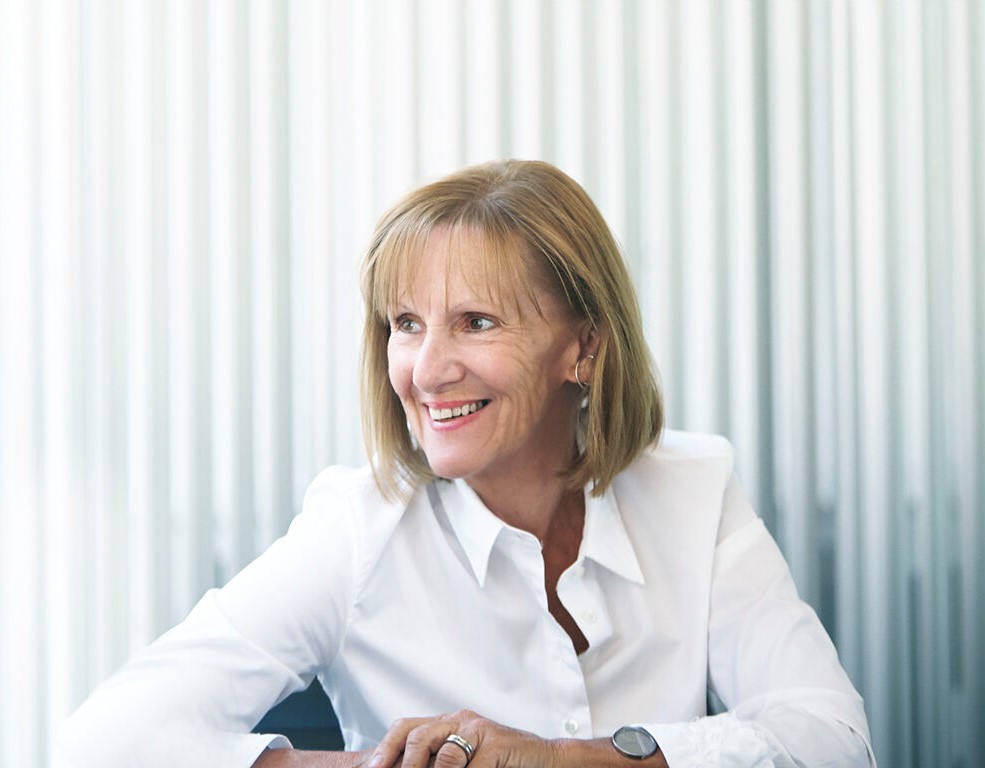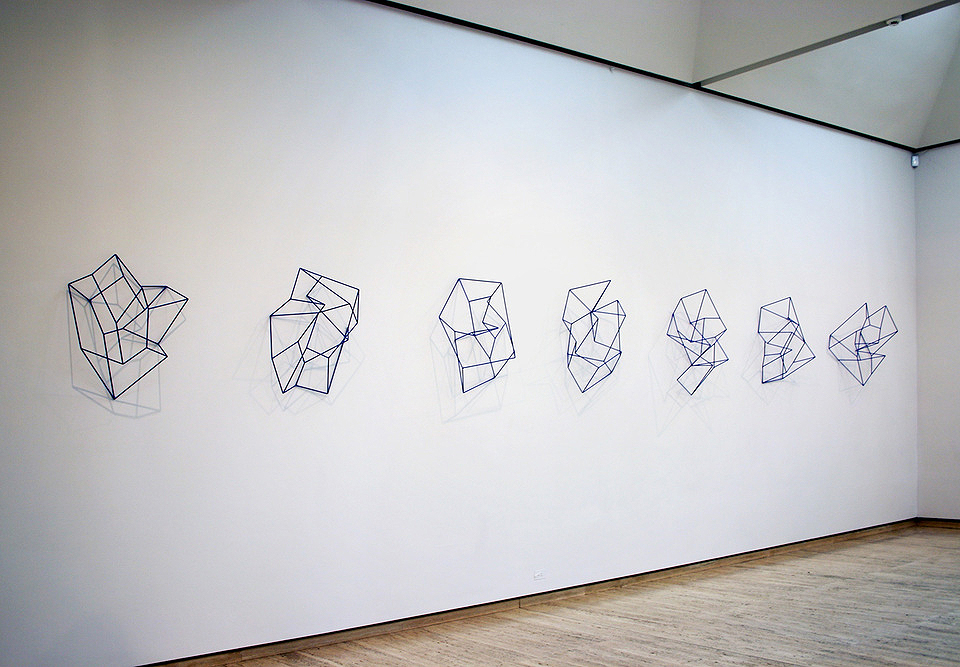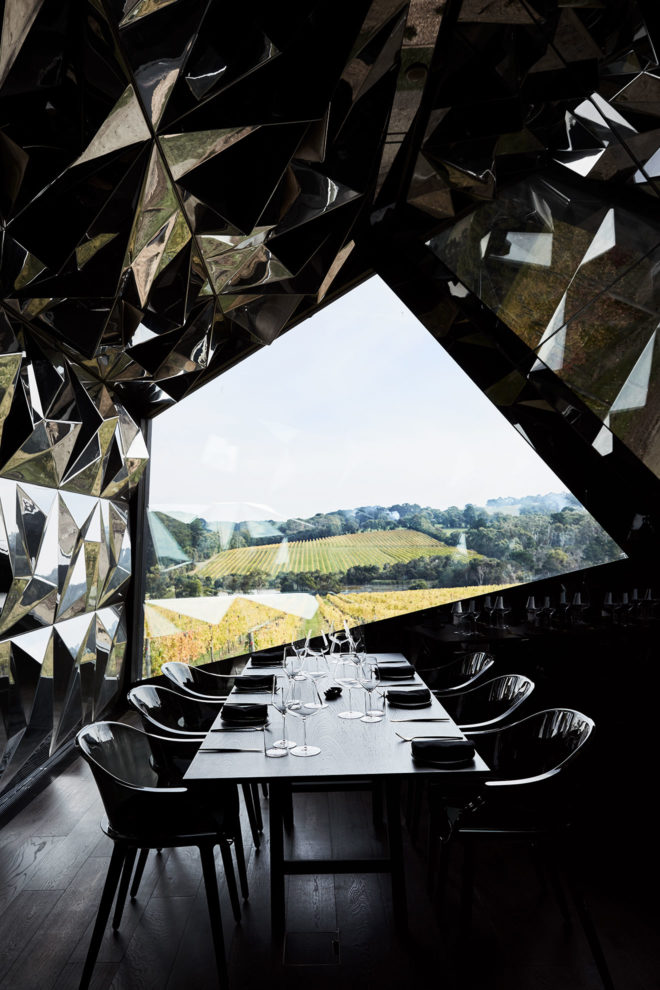
With how we work rapidly evolving before our eyes, never more has the physical space where employees come together, and the brand that informs it, been more important. Associate and workplace specialist Richard Healy unpacks why, and how as workplace designers, Carr facilitates this need with their clients.

The landscape of what ‘work’ is, is changing. Employers need to ensure how they position themselves (their brand), and all that they stand for, is authentically communicated and present in all that they do.
As an extension of shared values and a meaningful place to learn, socialise and connect, the physical workplace is a primary component of an employee’s brand alignment. As workplace designers, Richard Healy explains how Carr look to create genuine and imbedded meaning within their workplace projects to help clients facilitate these experiences with their team.
Seeking brand alignment
The power balance has shifted in the favour of the employee. With such opportunity amid increased mobility and wider acceptance of remote working environments, being able to attract and retain the right people has been proven to be paramount to both outcomes and productivity.
“A workplace that is a living embodiment of the brand is a key factor in employee satisfaction and retention,” says Associate and workplace specialist Richard Healy, adding, “As we increasingly work longer and harder, the pace is increasing.” Everybody has a more heightened idea of their own personal brand – where we buy food and clothing, these are all aligned to what we believe in, and help us to have clarity about who we are – why would we then not want to align with an employer with similar values?”
Etoile Nasrallah, Director of Strategy and Transformation, echoes this idea. “Increasingly who we choose to work for has personal implications on how our contribution to the world or our community is perceived,” Etoile adds, “We want our association with a company to be a positive reflection of ourselves and what we believe in.”
A workplace that is a living embodiment of the brand is a key factor in employee satisfaction and retention”
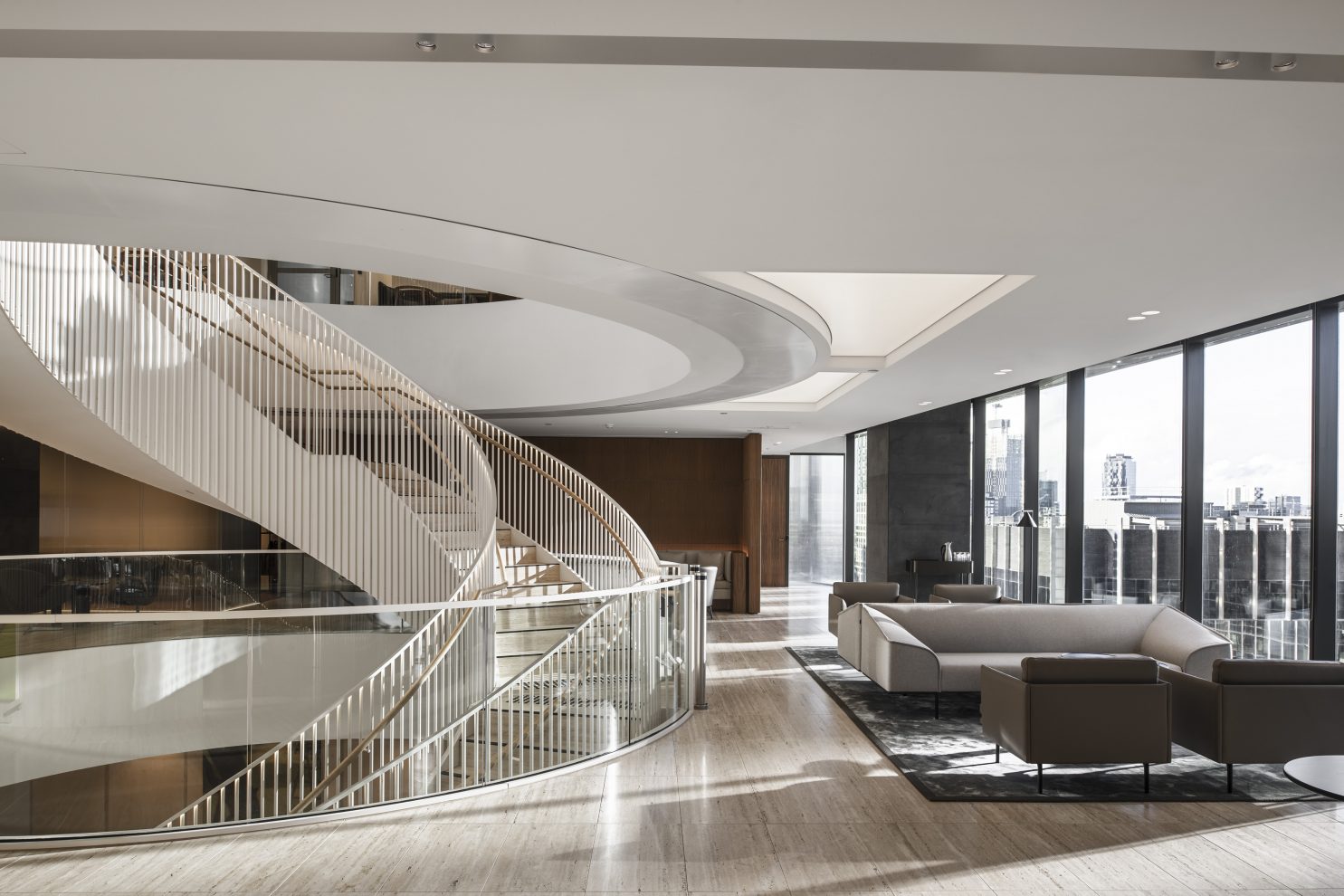

A living embodiment
From both sides, there are benefits to ensuring messaging around brand are communicated with clarity. Attracting the right people means higher engagement and longer retention for employers.
Likewise, as an employee, feeling part of a community and aligned through core beliefs increases commitment. “Once that alignment is fractured or the brand fails to deliver on its communicated values and promise, the relationship is at risk,” adds Etoile.
By introducing briefing at the early stages, Richard says, “it ensures the strategic thinking around the brand is uncovered early, and the unique point of difference from competitors can be identified and brought to the surface.” The key to successful and authentic workplaces is that they become, “A living embodiment of the brand,” says Richard, “It’s about shaping experience on all levels – not just physical, but in all messaging, gestures and how engagement happens both internally and between external guests.”
If you are a business that prides itself on being humble, then you wouldn’t necessarily focus on high-end finishes, but instead engage the community focus and employ local vendors to activate the workplace.”

Tangible vs intangible
The more easily messaging can be deciphered about a brand, the better the outcome.
“Ultimately a company brand signals what it offers and what you can expect to get from engaging with it,” adds Etoile, both from the employer and the employee perspectives. “There are both tangible and intangible reasons why we work somewhere,” she adds, “and a brand can help identify those for us – it humanises what can’t easily be seen.” It captures the invisible elements, the culture, the motivation, the initiatives, the creative and the collaborative nature of how business is conducted daily, that also forms part of the messaging.
“Every touch point and everything it (the business) does, needs to connect back to the brand – what messages they are trying to create?”, asks Richard, “if you are a business that prides itself on being humble, then you wouldn’t necessarily focus on high-end finishes, but instead engage the community focus and employ local vendors to activate the workplace – and vice versa, if you are a brand that is founded on longevity, quality and refinement, you want the physical space to reflect that.”
We want our association with a company to be a positive reflection of ourselves and what we believe in.”


Anticipating the unknown
During this time of flux and changing tides, it’s the return to core values that will ensure businesses remain true. Richard explains, “It’s about going back to base principles – understanding who you are, what your values are and what your brand is about. Once we uncover this, we can help shape environments that reflect it.”
Culture is no longer confined to a physical working environment for many organisations, and capturing a movement and mentality through actions, physical and gestural, is key.
When designing workplaces, Carr looks to imbed these early interrogations into each design decision from the outset. Through this work, Carr is working closely to ensure the true nature of each employer’s own brand is woven into each of their resulting spaces in an honest and clearly articulated way.
The saying, ‘build it and they will come’ perhaps rings ever so true in this case – that through crafting the physical and ensuring brand messaging goes beyond pure lip-service, the right people will come, and they will stay.
Read about how Carr is dynamically responding to the current supply chain issues.

















